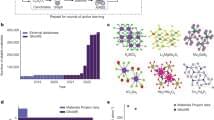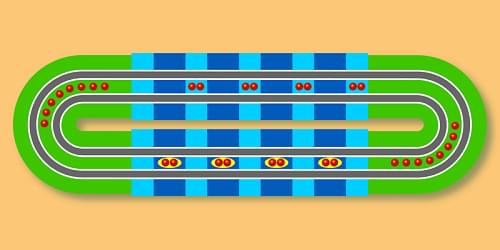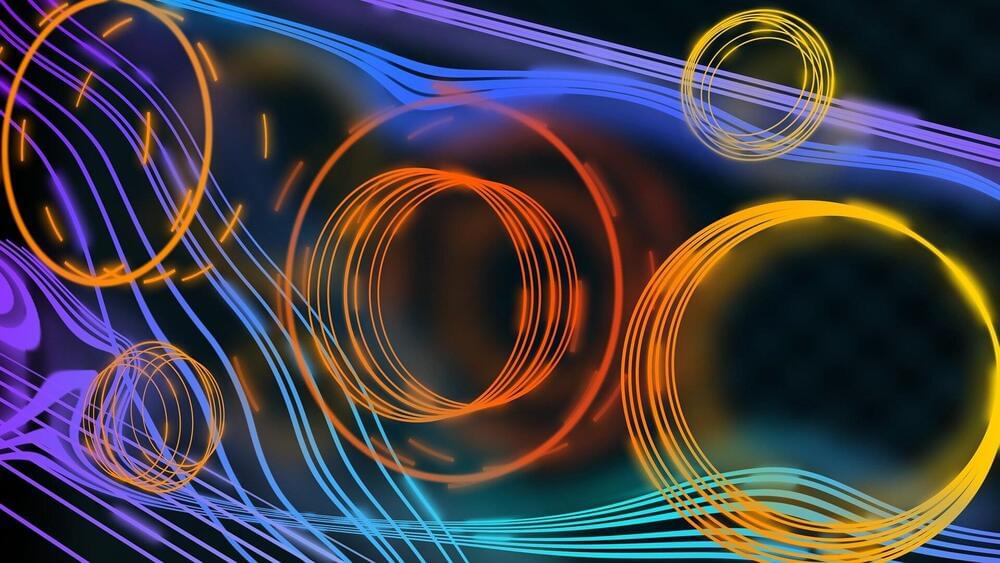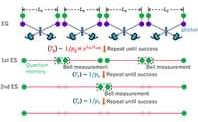Purdue quantum researchers twist double bilayers of an antiferromagnet to demonstrate tunable moiré magnetism.
Twistronics isn’t a new dance move, exercise equipment, or new music fad. No, it’s much cooler than any of that. It is an exciting new development in quantum physics and material science where van der Waals materials are stacked on top of each other in layers, like sheets of paper in a ream that can easily twist and rotate while remaining flat, and quantum physicists have used these stacks to discover intriguing quantum phenomena.
Adding the concept of quantum spin with twisted double bilayers of an antiferromagnet, it is possible to have tunable moiré magnetism. This suggests a new class of material platform for the next step in twistronics: spintronics. This new science could lead to promising memory and spin-logic devices, opening the world of physics up to a whole new avenue with spintronic applications.








